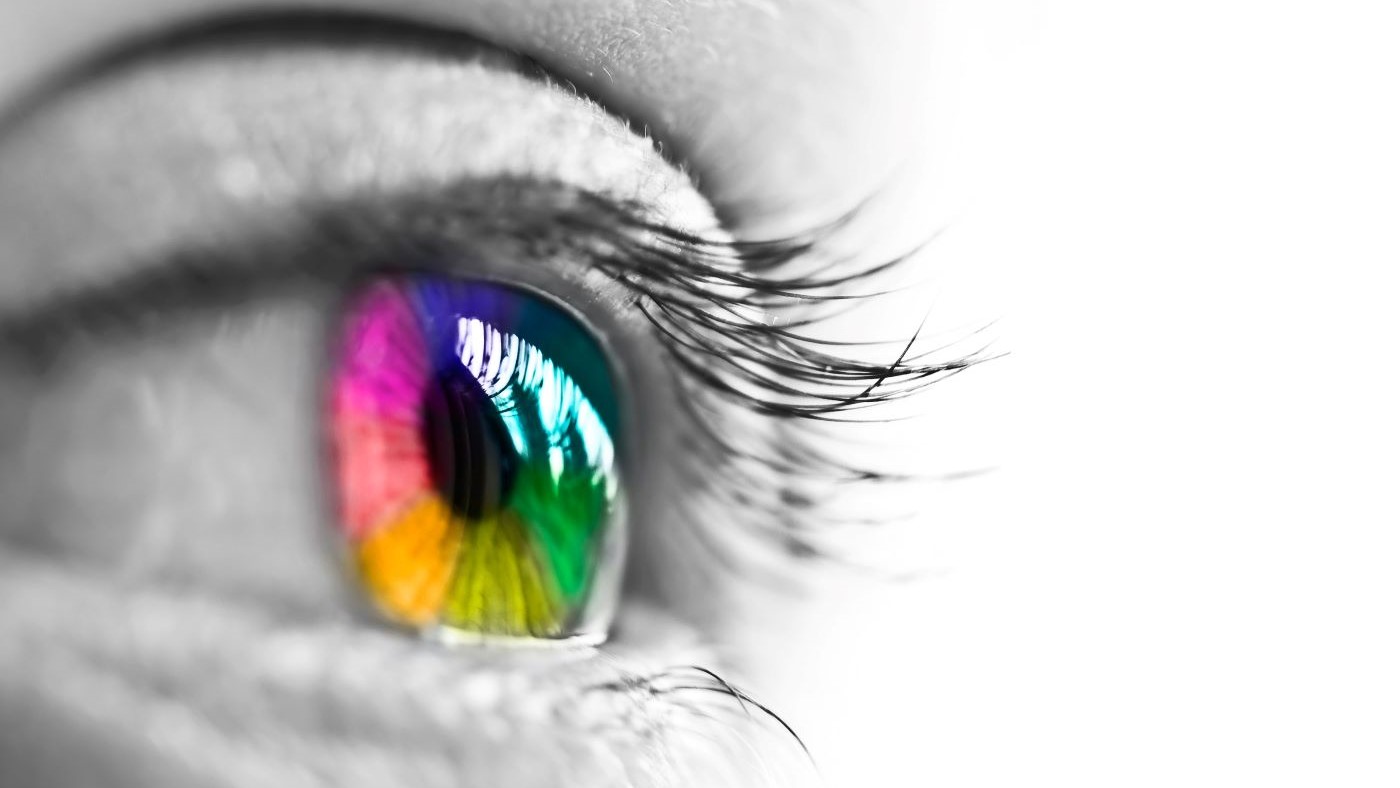When scanning information, our attention is naturally drawn to graphics. Understanding how humans process visual content helps us to become better designers.
Visual content plays a central role in technical communication. Audiences often rely on visual factors – including headings, icons, and menu bars – when using technical content. The question becomes: What makes visual content usable? The answer involves psychological processes that shape how humans interact with visual information.
The three Rs of usability
To use something effectively, humans need to perform three interconnected processes:
The first process is “recognition”: Do individuals know – or recognize – what to use to achieve an objective?
- Example: Do individuals recognize a “call phone” app on a smartphone AND do they recognize what that app does?
- Goal: Know what an item is and what it does.
The second process is “reaction”: Do individuals react to – or use – a recognized item as needed to achieve an objective?
- Example: Do individuals know what actions to perform ...
Read more after login
tekom members can log in directly with their "My tekom" access data.
You are not yet a tekom member, but would like to read one or more articles in full? Then you have the opportunity to register on the internet portal of the technical journal 'tcworld' without obligation. Once you have registered, you can select any three specialist articles and view them in full for a period of two months. The selection will then be deleted and you can select three new articles for the next two months.
As a tekom member you benefit from the following advantages::
- Online access to all articles of the trade magazine 'tcworld magazine'
- Exclusive specialist articles from all areas of technical communication
- Regular new articles from over 300 authors
- The technical journal 'tcworld magazine' as a printed edition
- Reduced admission prices to tekom conferences
- Membership fees for tekom publications
- Access to 'my tekom', the web forum with job offers / job requests, appointments, expert advice, service provider file and much more
Login
Registration
Promised: The trade magazine 'tcworld magazine' is the best we have. And we don't make the choice easy for ourselves. Every month, the editorial staff of the technical journal 'tcworld magazine' publishes the latest articles by renowned authors. This demanding selection is available exclusively to members of tekom (as usual, including the printed edition).
The trade magazine 'tcworld magazine' stands for intelligently prepared specialist articles, texts written to the point, informative content, surprising insights, international perspectives and communicates technical communication in an understandable, fast, clear and uncomplicated way - exclusively for you.

